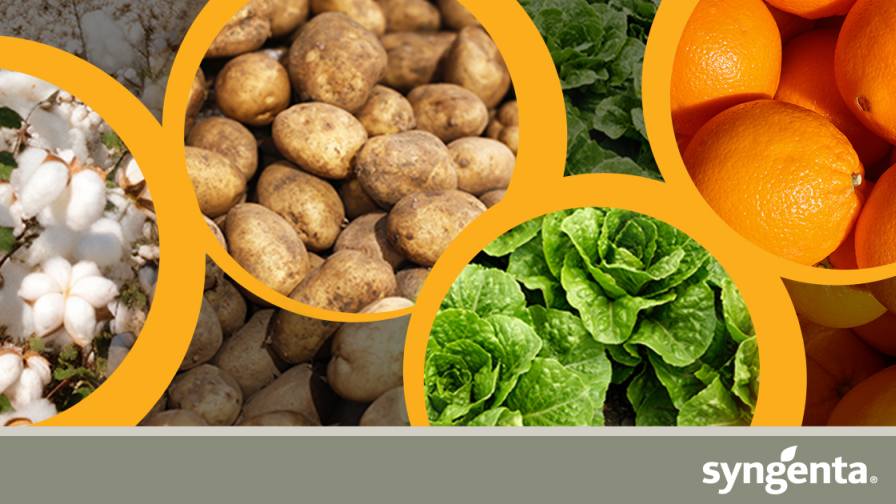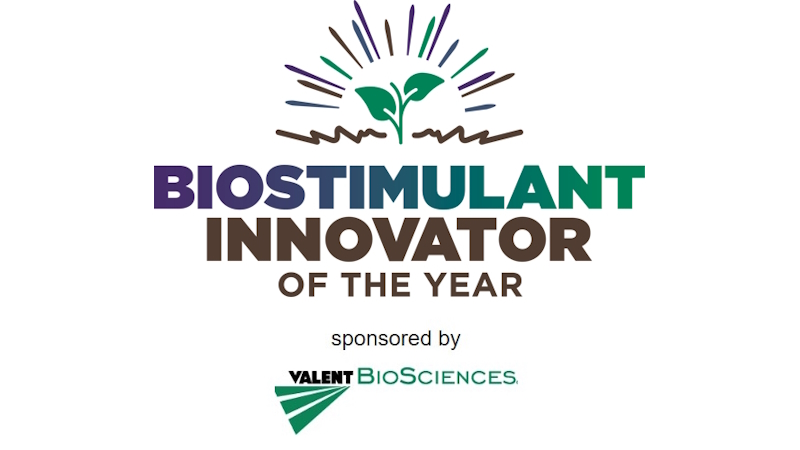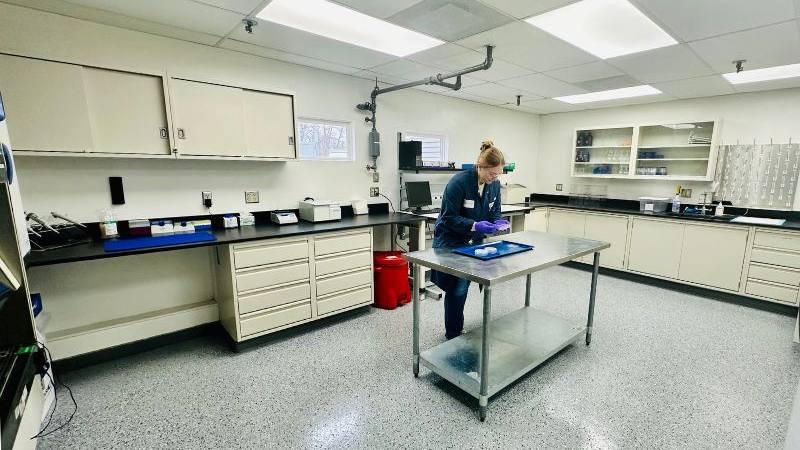Understanding the Impact of the Agro-Industry on the Food Sector
The agro-industry is the powerhouse behind our food supply, connecting farms to tables worldwide. It involves everything from growing crops and raising animals to processing and distributing food. This industry adds value, extends shelf life, and meets the dietary needs of a global population.
For businesses, understanding the agro-industry’s role is crucial. Farmers can better match their crops to market demands, while food companies can improve sourcing, quality control, and logistics. This knowledge is key to navigating challenges like climate change and food security.
Simply put, the agro-industry fuels the food sector. By grasping this connection, businesses can innovate, adapt, and thrive in a sustainable future.
The Role of the Agro-Industry in Food Production
Beyond just producing raw materials, the agro-industry transforms these resources into the diverse food products that feed the world. Innovations in farming practices are a hallmark of the agro-industry. Precision agriculture, for instance, leverages data and advanced technologies to optimize crop yields and resource use. Drones survey fields to monitor crop health, GPS-guided machinery ensures precise planting and harvesting, and sensors track soil moisture and nutrient levels. These crop monitoring technologies lead to more efficient, sustainable farming practices that boost productivity while reducing environmental impact.
One innovative practice gaining traction is managing intercropping, where different crops are grown together in the same field, and the progress can be precisely tracked through a platform for agro analytics. The idea behind this method is basically mirroring natural ecosystems, enhancing soil health and biodiversity. Different crops have varying root structures and nutrient needs, which improves nutrient cycling and soil structure. Intercropping often results in increased organic matter, improved soil biodiversity, and reduced soil erosion, all of which contribute to long-term sustainability and better soil fertility.
Intercropping system also promotes ecological resilience by providing habitats and food sources for beneficial insects, birds, and microorganisms. This diversity supports ecosystem services like pollination and natural pest control, creating a more balanced and resilient agroecosystem. Additionally, among intercropping benefits is the reduction of risks associated with crop failure. If one crop doesn’t perform due to adverse weather or disease, other plants in the system can compensate, maintaining productivity and providing a form of insurance for farmers.
Furthermore, the agro-industry is at the forefront of introducing new technologies that reshape food production. Vertical farming and hydroponics, for example, allow crops to be grown in urban settings and arid regions, making fresh produce more accessible. Biotechnology is also key, developing crop varieties that are more resistant to pests, diseases, and climate challenges.
Therefore, the agro-industry is essential to food production through the supply of raw materials, innovations in farming practices, and the adoption of new technologies. Intercropping, in particular, enhance agriculture by promoting biodiversity, improving soil health, and reducing risks. This dynamic industry is not just about producing food but doing so in smarter, more sustainable ways to ensure a resilient food supply for the future.
How Sustainable Agriculture Influences Food Sector
As agriculture and the food sector cannot be separated, sustainable farming directly influences food production by boosting efficiency, yields, and food quality. By focusing on eco-friendly practices, growers can maintain soil health, reduce chemical use, and optimize water and nutrient management, leading to more efficient and cost-effective farming.
This approach often results in higher and more stable yields, as methods like intercropping and crop rotation, along with agroforestry enhance crop resilience and soil fertility. The improved practices also contribute to better food quality, producing nutrient-rich, chemical-free produce that meets consumer demands for healthier options.
Sustainability initiatives in farming also cater to not less important global goals like reducing greenhouse gas emissions, conserving water, and protecting biodiversity. Farmers adopting these practices enhance their environmental stewardship and align with the growing consumer preference for sustainability.
EOSDA Crop Monitoring exemplifies the integration of technology with sustainable agriculture. This satellite-based imagery analytics platform provides detailed insights into crop health, soil conditions, and weather patterns. By leveraging this data, agronomists can make precise decisions on planting, irrigation, and fertilizer application, optimizing resources and minimizing environmental impact. Close to real-time farm monitoring helps quickly address issues like pest infestations or nutrient deficiencies, leading to healthier crops and higher yields. In essence, sustainable agriculture, supported by advanced tools like EOSDA Crop Monitoring, is part of a successful future of the food sector.
Future Trends and Predictions
The agro-industry is buzzing with emerging trends set to reshape the future of the food sector. Advancements in biotechnology are at the forefront, with innovations like gene editing and genetically modified crops promising higher yields, improved resistance to pests, and enhanced nutritional profiles. Imagine crops that thrive in harsh climates or plants that deliver essential nutrients, directly addressing global food security and health. This biotechnological revolution is opening doors to developing superfoods and ensuring food availability even in challenging environments.
Precision farming is another game-changer. Using farm tracking tools like drones, sensors, and AI, farmers can monitor crop health in real-time, apply resources exactly where needed, and predict optimal harvest times. This agriculture monitoring technology maximizes efficiency and minimizes waste, making farming more sustainable and profitable. Precision farming techniques are transforming traditional farming methods, leading to higher productivity and less environmental impact.
Drones flying over farmlands and autonomous tractors performing the job without a driver are streamlining planting, crop health monitoring, and harvesting processes, reducing labor costs, and improving accuracy. More so, smart sensors embedded in fields provide continuous data on soil moisture, temperature, and nutrient levels, allowing for precise irrigation and fertilization. These remote agriculture monitoring solutions enable farmers to make data-driven decisions, enhancing crop management and resource use.
Techniques like regenerative agriculture, which focuses on restoring soil health and biodiversity, are gaining traction. Intercropping and agroforestry integrate trees and crops to create resilient ecosystems, reducing the need for chemical inputs and enhancing long-term productivity. These practices promote biodiversity, improve soil structure, and help in carbon sequestration, making agriculture a key player in the fight against climate change.
The integration of IoT (Internet of Things) in agriculture is another trend to watch. Connected devices and smart farming equipment allow for seamless communication and coordination across various farming activities. From automated irrigation systems to real-time pest detection, IoT is enhancing the precision and efficiency of modern farming practices.
Vertical farming and hydroponics are also gaining momentum, enabling crops to be grown in urban environments and areas with limited arable land. These innovative farming methods use less water and land compared to traditional agriculture and can produce crops year-round, ensuring a consistent and reliable food supply.
Incorporating these trends, the agro-food sector is evolving into a tech-savvy, environmentally conscious superforce. As biotechnology, precision farming, unmanned vehicles, smart sensors, sustainable practices, IoT, and innovative farming methods continue to advance, they promise a future where food production is smarter, greener, and more resilient. This dynamic evolution not only meets the growing demands of the global population but also ensures a sustainable planet for future generations. By embracing these innovations, the agro-industry is poised to secure food systems while fostering a harmonious relationship with the environment.






